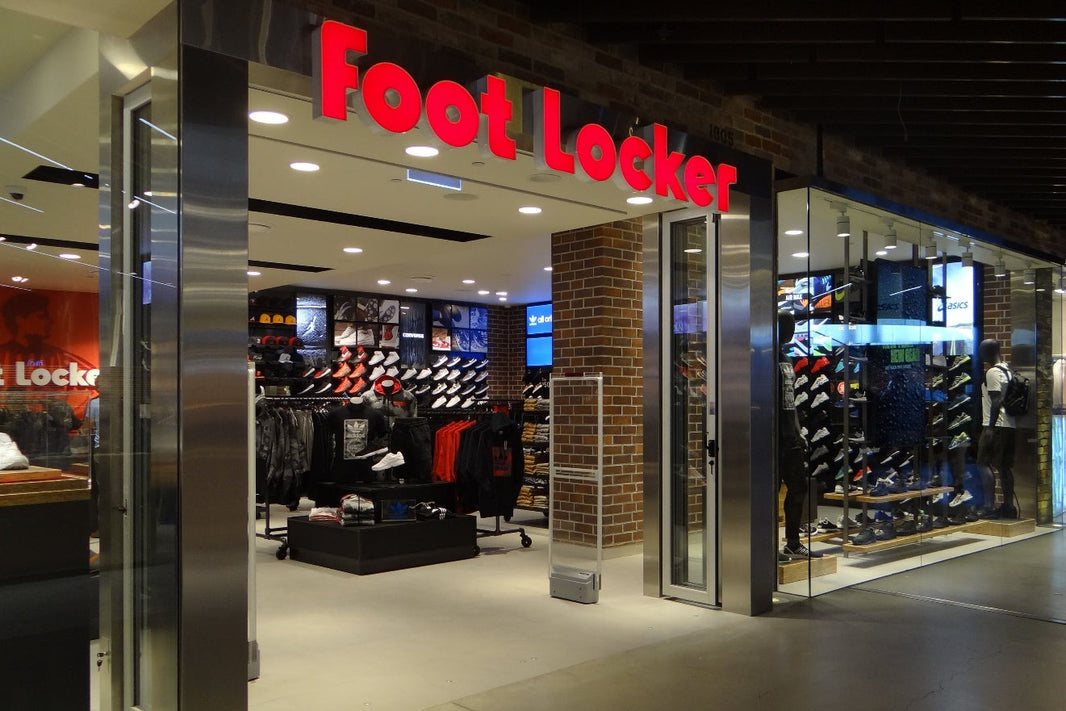Wayfair, a leading online home goods retailer, has recently made significant changes to its technology division by laying off 340 tech employees and announcing the closure of its Technology Development Center in Austin, Texas. This decision aligns with the company’s efforts to streamline operations and bolster its technological capabilities after achieving key milestones over the past five years. Here’s an in-depth look at what these changes mean for Wayfair and its future in the competitive retail landscape.
Streamlining Operations Amid Tech Advancements
On Friday, Wayfair confirmed the layoffs of 340 employees from its technology team as part of a broader strategy to optimize its workforce and infrastructure. Alongside this, the company revealed plans to shut down its Austin-based Technology Development Center, while maintaining operations at other tech hubs in Seattle, Boston, Mountain View (California), Toronto, and Bengaluru (India).
Over the past five years, Wayfair has made remarkable strides in modernizing its technology. This includes a successful migration to the cloud and a comprehensive replatforming effort, resulting in a scalable, high-performance infrastructure. According to the company, these advancements were made possible through significant investment and the dedication of its skilled tech teams. The updated infrastructure is designed to meet the evolving demands of both customers and the business, setting the stage for future growth.
The layoffs and the Austin tech center closure are strategic moves aimed at ensuring operational efficiency and long-term success. By refining its tech operations, Wayfair is positioning itself to remain agile in a challenging market.
Focusing on Innovation and Customer Experience
Wayfair’s technology team has played a critical role in driving innovation and improving operational efficiency. Moving forward, the company is prioritizing enhancements to the shopping experience, with a focus on personalization and simplified navigation. These improvements aim to make it easier for customers to find exactly what they need from Wayfair’s vast catalog of home goods.
A standout initiative in Wayfair’s tech strategy is its investment in generative AI. Last month, the company launched Muse, a cutting-edge generative AI tool designed to inspire consumers. Muse uses AI-generated imagery to spark creativity and pairs it with tailored product recommendations from Wayfair’s inventory. This tool not only enhances the customer experience but also boosts productivity and efficiency within the business, showcasing Wayfair’s commitment to leveraging advanced technology for growth.
Financial Implications and Industry Challenges
The restructuring comes with a financial cost. Wayfair anticipates incurring charges between $33 million and $38 million, primarily related to severance, benefits, and transition expenses for affected employees. The majority of these costs will be disbursed over the next 12 months, though they exclude noncash charges tied to equity-based compensation.
The home goods retail sector has faced headwinds due to declining demand, a challenge impacting many players in the industry. Despite this, Wayfair’s financial performance in its latest quarter offers a glimmer of resilience. The company reported fourth-quarter net revenue of $3.1 billion, a modest increase of 0.2% from the previous year, keeping revenue nearly flat. More notably, Wayfair narrowed its losses significantly—operating loss improved by 32%, and net loss contracted by 26%. These figures highlight the company’s efforts to stabilize its finances amid a tough market.
Contextualizing the Layoffs
Friday’s announcement marks Wayfair’s second round of layoffs in 2023. Earlier this year, in January, the company exited its operations in Germany, a move that affected approximately 730 jobs. However, Wayfair mitigated some of the impact by relocating about half of those positions to other corporate offices. This follows multiple rounds of layoffs in recent years, reflecting ongoing adjustments to market conditions and business priorities.
The latest layoffs of 340 tech employees are part of a consistent pattern of workforce streamlining as Wayfair adapts to shifts in the retail landscape. By consolidating its tech operations and focusing resources on high-impact areas, the company aims to strengthen its foundation for sustained success.
A Forward-Looking Strategy
Wayfair’s decision to lay off 340 tech employees and close its Austin Technology Development Center underscores its dual commitment to operational efficiency and technological innovation. While the home goods sector grapples with declining demand, Wayfair is taking proactive steps to refine its business model. By investing in cutting-edge technologies like generative AI and maintaining a modernized infrastructure, the company is enhancing the customer experience and positioning itself for growth.
As Wayfair navigates the evolving retail environment, its strategic restructuring and focus on personalization, cloud technology, and AI-driven tools like Muse will be pivotal. These efforts signal a clear intent to adapt, innovate, and thrive in a competitive market.






